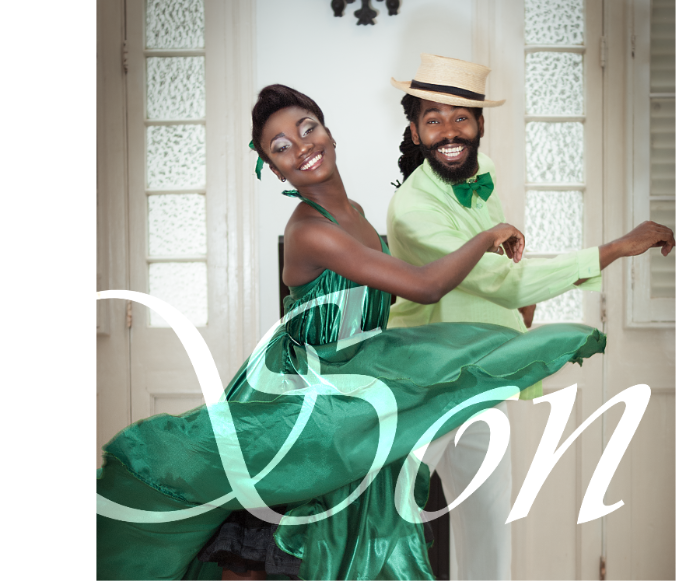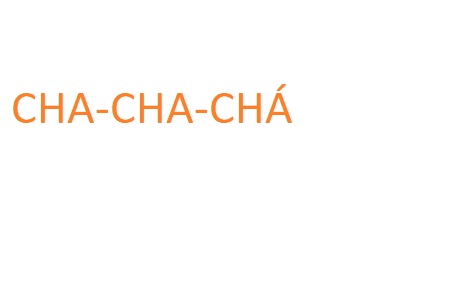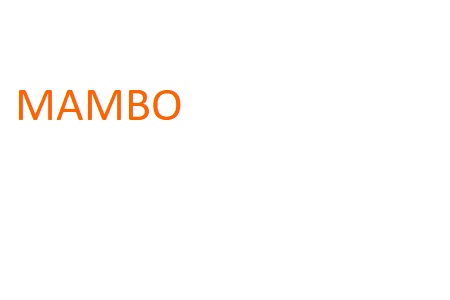Son
Son
The first splendor
The Son dates from the end of the 19th century. It started in the montuno suburbs of some cities in the eastern part of Cuba such as Guantánamo, Baracoa, Manzanillo and Santiago de Cuba. It was the most representative danceable manifestation of the humble population. It moved to Havana around 1909 through different migrations, particularly by the soldiers of the permanent army. It was rejected in the elegant salons, but as popular preference grew up it ended up imposing itself regardless these social barriers. It was danced in outbuildings, salons and dance academies.
According to Odilio Urfé, a prominent Cuban musicologist, Son “is the most syncretic sound exponent of national cultural identity”. It is a vocal, instrumental and danceable genre, which constitutes one of the basic musical forms within Cuban popular music. It presents in its structure elements from African music, mainly Bantú, and Spanish music as well, but it already merged into a style that is defined in the Cuban music. The Cuban Son is usually located within the sonorous complex of the Caribbean Sea area.

“Son is the most syncretic
sound exponent
of national
cultural identity”
Its first splendor was in the 20s and 30s. It was interpreted by trios, sextets and septets. The emergence of the legendary Sexteto Habanero Band in 1920, later the Septeto Nacional Band, gave the Cuban Son an enormous boom. Then, in 1950, it reached its greatest diffusion with jazz band groups and orchestras, which were very fashionable by then. The record companies gave it unlimited circulation. Among the main authors and interpreters of the genre are: Bienvenido Julián Gutiérrez, Ignacio Piñeiro and Arsenio Rodríguez, the trumpeter Félix Chapotín and the great Benny Moré, who were decisive in the progressive development and influence of this Cuban popular dance in the world.
Throughout the island different variants of son were developed: changüí (Guantánamo), sucu sucu (Isle of Youth), peasant pantomimic Son (in Majagua and Las Tunas) and Havana Son, among others. However, from the choreographic point of view, there are two fundamental styles of interpreting this genre: the montuno son, which is characterized by a pronounced movement of the torso to the sides, deep flexions of the legs that cause a constant rise and fall of the body, and the frequent action of the arms up-down, identified by dance specialists as drawing water from the well; and the urban son, whose movements are slower, smoother and more elegant, the dance position is more upright, the knee flexions are less pronounced and the continuous movements of arms described above are not performed.
From the choreographic point of view, the Son is danced by linked couples in a closed and open social dance position, the couple well connected and with accentuated torso and hip movements. As fundamental figures we can mention: opening and closing, turns of the woman in her axis and around the man, “drawer”, slow and fast twists of the couple and the showcasing figures from the man, among which is the “screw”, where with great skill and at the same time that he turns on one leg using his partner, he squats, lies down, takes off his hat, and performs all kinds of creative movements and actions that denote the great creative capacity and physical abilities of the Cuban popular dancer.

READ MORE ABOUT DANCES
_____________________________________________________
INFORMATION
EMAIL: info@dancingcuba.com





